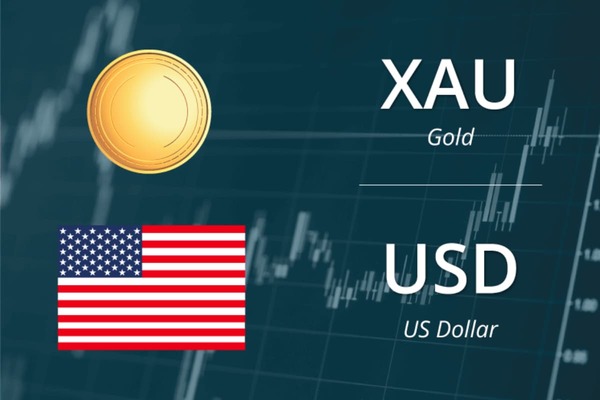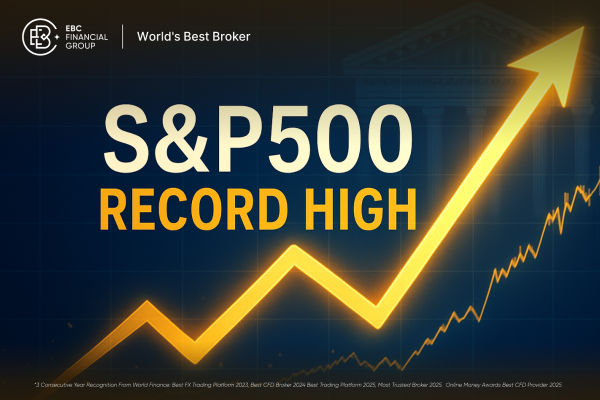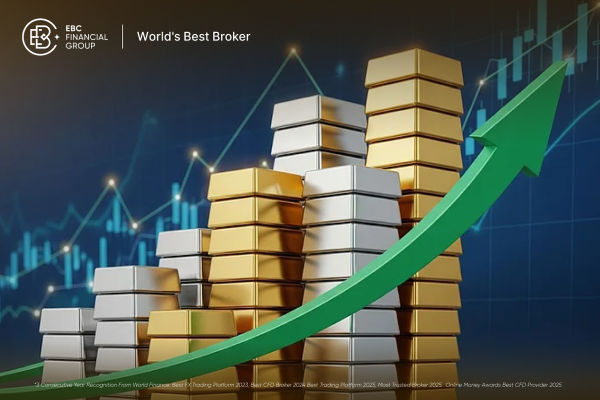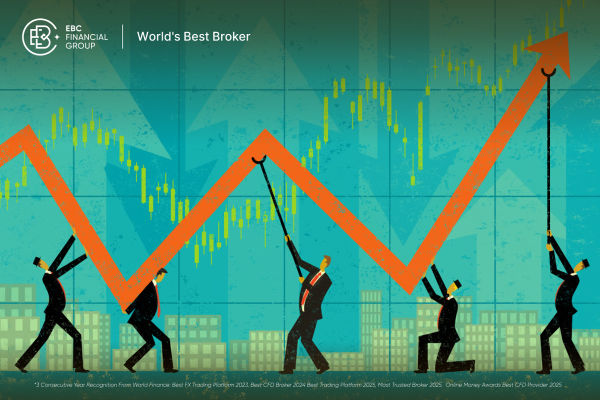As of October 2025, gold prices have demonstrated significant volatility, reaching record highs before experiencing notable pullbacks.

This dynamic environment has prompted investors to scrutinise the factors influencing gold’s trajectory and assess the potential risks and benefits of investing in the precious metal.
Therefore, this article delves into the current state of the gold market, exploring expert insights, key influencing factors, and potential future trends.
Gold Price Movements Throughout 2025 (October)
Gold began 2025 with strong momentum, driven by geopolitical tensions, economic uncertainties, and robust central bank demand.
| Month (2025) |
Price Movement (USD per ounce) |
% Change (MoM) |
Key Highlights |
| January |
≈ 2,660
|
+0.1% |
Stable gains amid economic uncertainty and sustained central bank buying. |
| February |
≈ 2,870
|
+8.9% |
Reached record highs driven by geopolitical tensions and inflation concerns. |
| March |
≈ 2,910
|
+1.4% |
Moderate fluctuations; investors balanced safe-haven demand with profit-taking. |
| April |
≈ 3,500
|
+20.3% |
Surged to an all-time high amid rising geopolitical tensions. |
| May |
≈ 3,210
|
−8.3% |
Sharp correction as trade optimism and easing tensions prompted profit-taking. |
| June |
≈ 3,280
|
+2.2% |
Stabilised after May’s drop; supported by renewed central bank demand. |
| July |
≈ 3,360
|
+2.4% |
Gradual recovery as inflation expectations persisted. |
| August |
≈ 3,670
|
+9.2% |
Strong upward momentum amid renewed market volatility. |
| September |
≈ 4,250
|
+15.8% |
Hit fresh record highs due to economic uncertainty and currency weakness. |
| October |
4,017 |
−5.5% |
Pulled back after peaking above $4,300; mild correction from overbought levels. |
Factors Influencing Gold Prices in 2025
1. Central Bank Purchases
Central banks, particularly in emerging markets like China, India, and Türkiye, have been major buyers of gold, seeking to diversify reserves and hedge against currency risks. This sustained demand has provided a strong underpinning for gold prices.
2. Geopolitical Tensions
Conflicts and global instability have increased investor anxiety, leading to a preference for safe-haven assets such as gold. These geopolitical uncertainties continue to impact gold’s attractiveness.
3. Economic Indicators
Strong U.S. employment data, firming interest rates, and a stronger dollar have occasionally reduced the urgency for safe-haven investments, resulting in short-term declines in gold prices. For instance, gold edged lower as the dollar firmed in late October.
Will the gold rate decrease in the coming days?
While the long-term outlook remains bullish, short-term corrections are possible due to:
Improved Economic Data: Positive indicators, such as strong job reports, can reduce demand for gold.
Trade Developments: Easing tensions and tariff relief measures may shift investor interest away from gold.
Technical Factors: Analysts note that gold's recent highs may lead to profit-taking and consolidation phases
Expert Forecasts And Market Outlook 2025
 Gold price targets and analyst views as of late October 2025:
Gold price targets and analyst views as of late October 2025:
HSBC raised its average 2025 forecast, citing the record high above $4,250 per ounce.
J.P. Morgan expects an average near $3,675 per ounce by Q4 2025, moving toward $4,000+ by mid-2026.
Some analysts caution that supply/demand imbalances and slower central-bank buying could weigh on prices.
A steep near-term pullback is possible given over-bought technical conditions following the latest rally.
Benefits and Risks of Investing in Gold Now
To help investors evaluate gold’s appeal, here’s a quick overview of its key benefits and risks as of October 31 2025:
| Category |
Factor |
Description |
| Benefits |
Inflation Hedge |
Gold is traditionally viewed as a safeguard against inflation, preserving purchasing power over time. |
|
Portfolio Diversification |
Incorporating gold can reduce overall portfolio volatility due to its low correlation with other asset classes. |
|
Safe-Haven Asset |
During economic or geopolitical uncertainty, gold’s value often retains or increases. |
| Risks |
Price Volatility |
Recent fluctuations highlight gold’s susceptibility to rapid price changes. |
|
Opportunity Cost |
Gold does not yield interest or dividends, making it less attractive during stable economic periods. |
|
Market Sentiment Shifts |
Changes in investor sentiment, influenced by economic data or geopolitical developments, can lead to swift market movements. |
Frequently Asked Questions (FAQ)
1. Why did gold prices surge in 2025?
Gold prices rose sharply due to strong central bank purchases, persistent geopolitical tensions, and investor demand for safe-haven assets amid inflation and global uncertainty.
2. Is gold expected to keep rising in late 2025?
Analysts project that while gold may face short-term pullbacks, the overall outlook remains bullish through late 2025, with prices expected to stabilize above $3,800 per ounce unless the U.S. dollar strengthens significantly.
3. What could cause gold prices to fall in the near term?
A stronger U.S. dollar, easing geopolitical tensions, or unexpectedly strong U.S. economic data could trigger short-term corrections or profit-taking.
Conclusion
In conclusion, gold’s performance through October 2025 underscores its role as a global economic and geopolitical stabiliser. It soared past $4,000 per ounce and then pulled back as some headwinds surfaced.
Investors should remain vigilant, keeping a close eye on macro-economic indicators, monetary-policy changes, and geopolitical developments when evaluating gold’s place in their portfolio.
Disclaimer: This material is for general information purposes only and is not intended as (and should not be considered to be) financial, investment or other advice on which reliance should be placed. No opinion given in the material constitutes a recommendation by EBC or the author that any particular investment, security, transaction or investment strategy is suitable for any specific person.
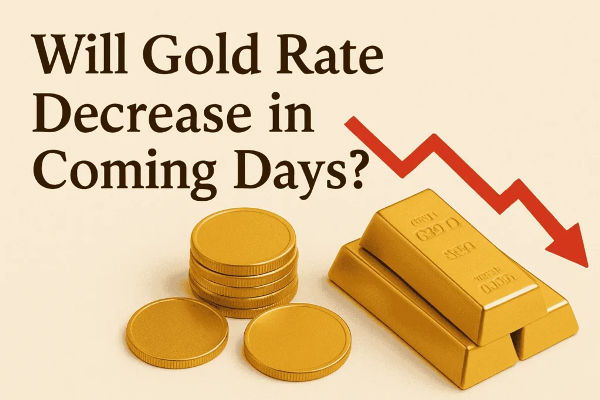



 Gold price targets and analyst views as of late October 2025:
Gold price targets and analyst views as of late October 2025:









